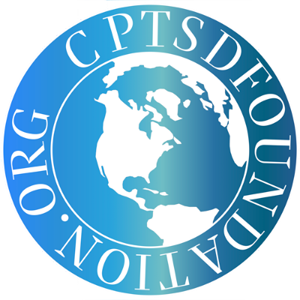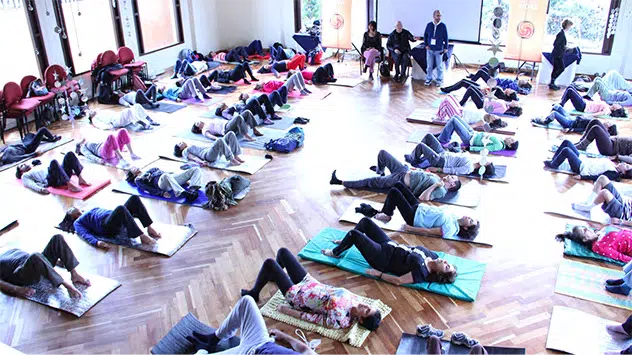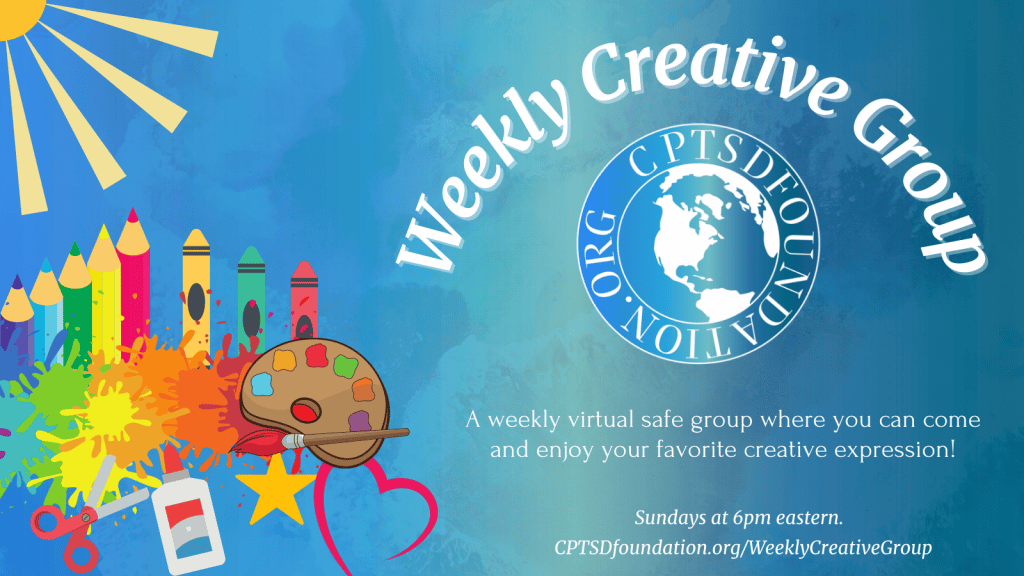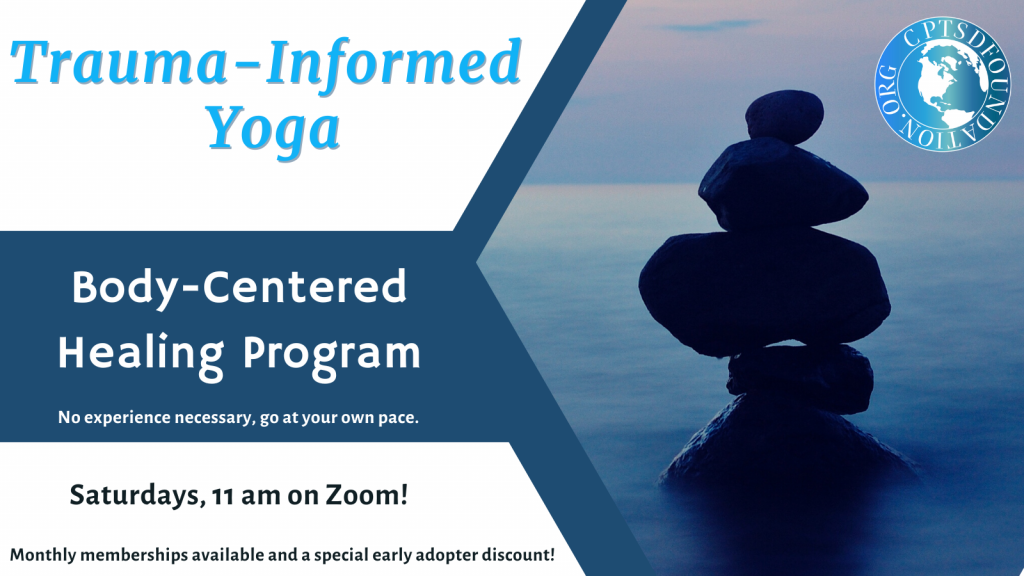Concerns about the impacts of stress and trauma on daily life are widespread. Unfortunately, people sometimes try one technique after another, hoping for relief but never attaining it. One approach might have a superficial effect. Another might lead to disappointment because it doesn’t work. A third might be too harsh. As a result, people could end up suffering additional symptoms or even giving up.
A technique that seems to be lesser known is TRE (Tension and Trauma Releasing Exercises). Developed by David Berceli, PhD, an international expert in trauma intervention and conflict resolution, the TRE process, per session, but, more importantly, over time, gently helps to release the deep-seated tension created in the body during traumatic experiences or from chronic stress, culminating in feelings of groundedness or relaxation and supporting resilience.

For decades, Nicole Strafaci explored approaches to alleviate her cumulative symptoms. When she was 16, Nicole developed chronic insomnia, which persisted for more than 30 years. “I tried everything from traditional talk therapy to Chinese medicine,“ she says. “Various hurdles over the years, including battles with depression, have instilled a deep curiosity about unraveling my sleep issues and all of the related consequences.”

Despite and perhaps because of Nicole’s struggles, she became an artist. Now based in Frenchtown, NJ, Nicole has also taught art and embodied practices at various locations, including Art Yard in Frenchtown and the Newark Museum. “I have participated in several life-changing workshops at Esalen Institute in Big Sur, CA, a leading center in the Human Potential Movement since the 1960s. I have also studied hypnosis and Reiki,” Nicole says. “My studio practice has evolved over the past 35 years from a BFA in photography to drawing, painting, collage, fiber arts, and performance. Studio work has deepened my appreciation and focus on detail and nuance, something that is invaluable to me as a TRE practitioner, provider, and facilitator.”
Nicole has sought a connection between art, embodiment techniques, and holistic healing for as long as she can remember. “When I first experienced TRE, I immediately knew I had found the missing link. I was quite moved and inspired by this profound and creative process, feeling certain that TRE would bring the peace I was seeking,” she says. “As a shy and quiet child, I turned to books, which became my best friends. I also grew up in a home filled with Victorian furniture and an eccentric collection of tchotchkes.” Nicole mentioned the house because she believes that “the layered histories and surfaces found in antiques had a huge impact on my development as an artist and as a sensitive being within myself and among other people.”

It’s no wonder that Dr. Berceli’s TRE technique appealed to Nicole, for it combines an understanding of the complexities of the human condition along with simple exercises that achieve a transformation to a new state of being. “Dr. Berceli designed the TRE exercises after he had experience working in a bomb shelter. He noticed that all the people in the shelter–including men, women, and children–had the same reaction to a bomb, which was to compress their bodies for protection,” Nicole says. “After the bomb went off, the children in the room shook. This instinctual reaction is the same for a dog that hears thunder or a loud noise and then runs under a bed. When the dog resurfaces, it immediately shakes off the stress,” she continues. “The adults in the bomb shelter were busy staying calm and collected for the sake of the children. They did not complete the stress cycle as the children did.” These observations inspired social worker-turned-field traumatologist Berceli to realize that if the body contracts in fear, “it makes sense that it would also need to discharge that energy. If we do not complete this stress cycle, tension gets trapped in the body, which can lead to PTSD, muscle pain, sleep and digestive issues, and disease,” Nicole adds.
During her own process and in sessions with clients, Nicole incorporates a series of seven exercises developed by Dr. Berceli that gently fatigue different muscle groups in the body and engender neurogenic or automatic tremors in a safe environment. Emphasis is placed on self-regulation and personal empowerment. “You can easily stop the tremors at any time or take a short break and resume,” Nicole says. “Although TRE was originally developed for PTSD, it can effectively be used in countless ways for daily stress management, sports injury recovery, and in yoga centers and meditation circles.”
For Nicole and her clients, TRE assists in releasing deep muscular patterns of stress, tension, and trauma. “TRE safely activates a natural reflex mechanism of shaking or vibrating that releases muscular tension, calming down the nervous system,” she says. “When this muscular, shaking, vibrating mechanism is activated in a safe and controlled environment, the body is encouraged to return to a state of balance and homeostasis.”
One of the many reasons Nicole has stuck with TRE is that it is a creative process that can be customized based on the unique needs of each client. “Every session includes the tremors, and most include the seven exercises that lead to them, but beyond that, sessions can be adjusted individually,” she says. “With more experienced clients, some or all of the exercises can be skipped. The exercises can also be modified if needed, depending on the client’s mobility level. But none of the exercises is mission-critical,” Nicole assures. “As an artist, I am inspired to include creative visualizations and guided meditations designed for individual clients. These meditations occur once the client is lying down, before the tremors, and after the exercises.”
Throughout the process, clients will realize that TRE stems from the human body’s innate power and ability to transform. “The body is literally shaking off what it doesn’t need in order to return to a state of equilibrium,” Nicole says. “I think if people understand how natural this process is, they might become more curious and less cautious or skeptical.”

If you are both curious and in need of relief from stress or trauma symptoms, Nicole would love to have a conversation with you. “I offer a complimentary 15-20 minute consultation to answer any questions, discuss TRE, and determine if we are a good match,” she says. “I am also a firm believer in listening carefully to each client, understanding their specific needs, and fostering individual self-empowerment. I am facilitating and guiding, but you are always in the driver’s seat.”
Just as candidly, Nicole encourages clients to incorporate other modalities into their healing process, particularly those involving moving meditation (e.g., yoga, tai chi) or complementary medical practices such as acupuncture, but also including traditional talk therapy, if doing so meets their emotional or physiological needs. Listening to the intelligence of the human body is key, but there’s more to just how much TRE clicks for Nicole. “I find that because TRE has the capacity to soften and soothe the nervous system, it can enhance the effectiveness of other modalities,” she says.
Contact Nicole Strafaci for a complimentary individual consultation to discover if TRE is the right technique for you.
Photo credits: TRE Global (group TRE session and Dr. David Berceli), Nicole Strafaci, Sleep Matters (infographic), Freepik
Disclaimers:
TRE is generally safe and effective for most people. However, individuals with specific physical or psychological conditions or a complex trauma history should consult a certified TRE provider or a medical doctor before engaging in the exercises. TRE is not a replacement for medical or psychological trauma recovery practices.
The content of this article is for informational purposes only and should not be considered professional medical advice.
Guest Post Disclaimer: Any and all information shared in this guest blog post is intended for educational and informational purposes only. Nothing in this blog post, nor any content on CPTSDfoundation.org, is a supplement for or supersedes the relationship and direction of your medical or mental health providers. Thoughts, ideas, or opinions expressed by the writer of this guest blog post do not necessarily reflect those of CPTSD Foundation. For more information, see our Privacy Policy and Full Disclaimer.
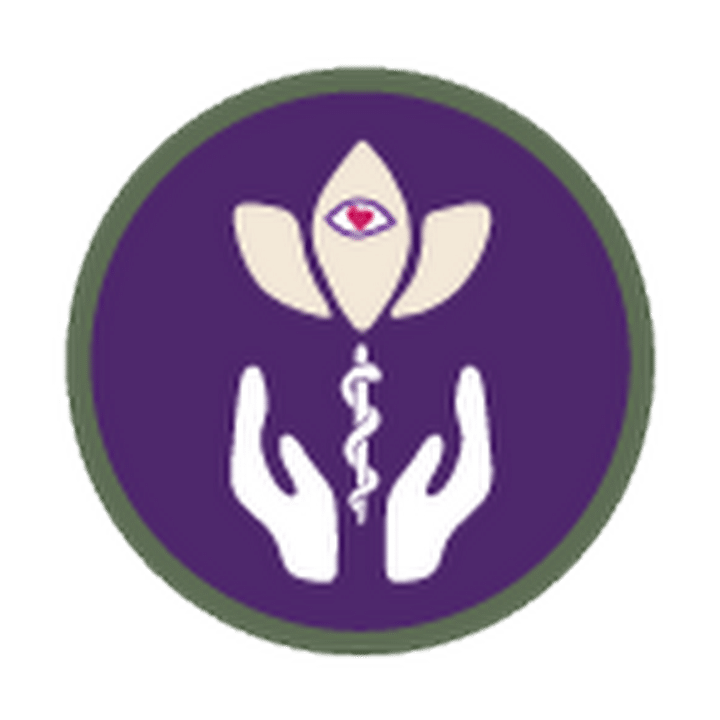
👁 Jennifer DiOrio is a freelance health and medical writer advancing outcomes for women, the LGBTQ+ community, and people in various equity-seeking groups through empowered partnerships. She is also a trauma survivor. To learn more or to reach out about a writing project, visit Synergy Communications.
